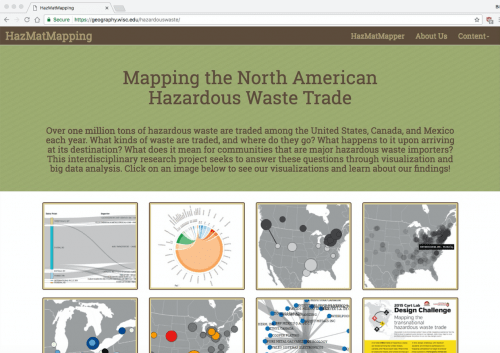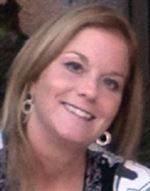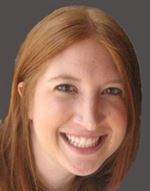8.8.17 | UW–Madison News | Natasha Kassulke | Original Publication
UW-Madison’s Fall Research Competition is one of the ways the Office of the Vice Chancellor for Research and Graduate Education helps put critically needed research support in the hands of UW–Madison faculty and staff, and makes them more competitive when applying for extramural funding.
“I often hear from award recipients that the Fall Research Competition is instrumental in allowing them to delve into a new line of research and generate preliminary data that will lead to federal grant applications for larger-scale research projects,” says Marsha Mailick, vice chancellor for research and graduate education. “It certainly helped me compete successfully for extramural funding when I first joined the faculty, so this is a long tradition.”
This research competition is available because of the impressive efforts of UW–Madison faculty and staff in filing successful patents through the Wisconsin Alumni Research Foundation (WARF), and the generous support of campus research by WARF.

Sarah A. Moore, assistant professor in the Department of Geography, says Fall Research Competition awards have supported her research into urban environmental justice issues. Moore’s awards have allowed her to hire graduate students to retrieve important EPA data and conduct analysis on the transnational trade of hazardous waste in North America.
“The Fall Research Competition award was essential to helping me get a National Science Foundation grant,” Moore says. “Without the graduate student support I received, it would have taken me much longer to generate the data that I needed to compete for the NSF award.”
Moore, along with two UW–Madison co-PIs (Morgan Robertson and Robert Roth, associate professors in the Department of Geography), received a $400,000, three-year grant in 2015 from NSF to pursue the project “Explaining Transboundary Flows of Hazardous Waste in North America.” This project will inform decision-making around the hazardous materials trade by mapping the existing flows of hazardous waste among Canada, Mexico and the United States and analyzing the conditions under which these flows concentrate hazardous waste in specific sites.

Through the project, a new dataset, as well as an interactive web-mapping tool, is already available to the public, regulators, policy makers and researchers across disciplines.
Moore explains the importance of the project in terms of providing knowledge and transparency for an issue that previously had little information shared. Despite its size and potential risks to public and environmental health, there had been limited data previously shared with the public regarding the impacts of the hazardous waste trade on specific localities or communities.
She adds that the project contributes to the Wisconsin Idea in that communities in the region can use the website mapping tool to identify areas impacted by hazardous waste processing and review how they may be connected to a broader global economy.
Like Moore, Haley Vlach, assistant professor in the Department of Educational Psychology and director of the Learning, Cognition, & Development Lab, says her Fall Research Competition award helped her be more successful when applying for a large federal grant.
“When you are writing a grant to an agency such as the NSF or (National Institutes of Health), you need to have pilot data to convince the review committee at the agency that you are on to something and have the data to support that,” says Vlach.

The competition is especially important for junior faculty, she says. Vlach has used her Fall Research Competition award to fund graduate students, which has allowed her to gather the data she needs and allows the graduate students to do important research that supports their career goals. She notes that others have used Fall Competition awards to purchase equipment necessary to conduct their research.
A Fall Research Competition award led her to compete successfully for a 2016 NSF award. The $530,000 NSF award funds her project “To Compare or Space? The Role of Timing in Children’s Science Learning.” Vlach’s research builds on the robust research finding that long-term learning is promoted when learning events are spaced out in time rather than presented in immediate succession — “massed learning.”
Vlach’s research informs this body of work by connecting traditional psychological research with more educationally relevant research. The central hypothesis in her work is that developmental changes in students’ cognitive abilities, such as attention, memory, and science knowledge, will create shifts in which presentation schedule promotes their generalization of concepts. The long-term goal of her work is to provide STEM educators with educative curricular material supplements that outline the timing patterns that promote students’ learning outcomes.
Information about the 2017 Fall Research Competition can be found on the OVCRGE’s website. The online application is open and the deadline for submitting an application is 4:30 p.m. Friday, Sept. 22, 2017.
Faculty members and investigators with permanent PI status may submit one application to this year’s competition. This may be an individual submission or a collaboration with another faculty member or permanent PI. Applicants will be notified of the outcome in December 2017.
Those interested in applying are invited to read the FAQs relevant to division — biological sciences, physical sciences, social sciences and the arts and humanities — and to reach out to the divisional associate vice chancellor for research with additional questions.